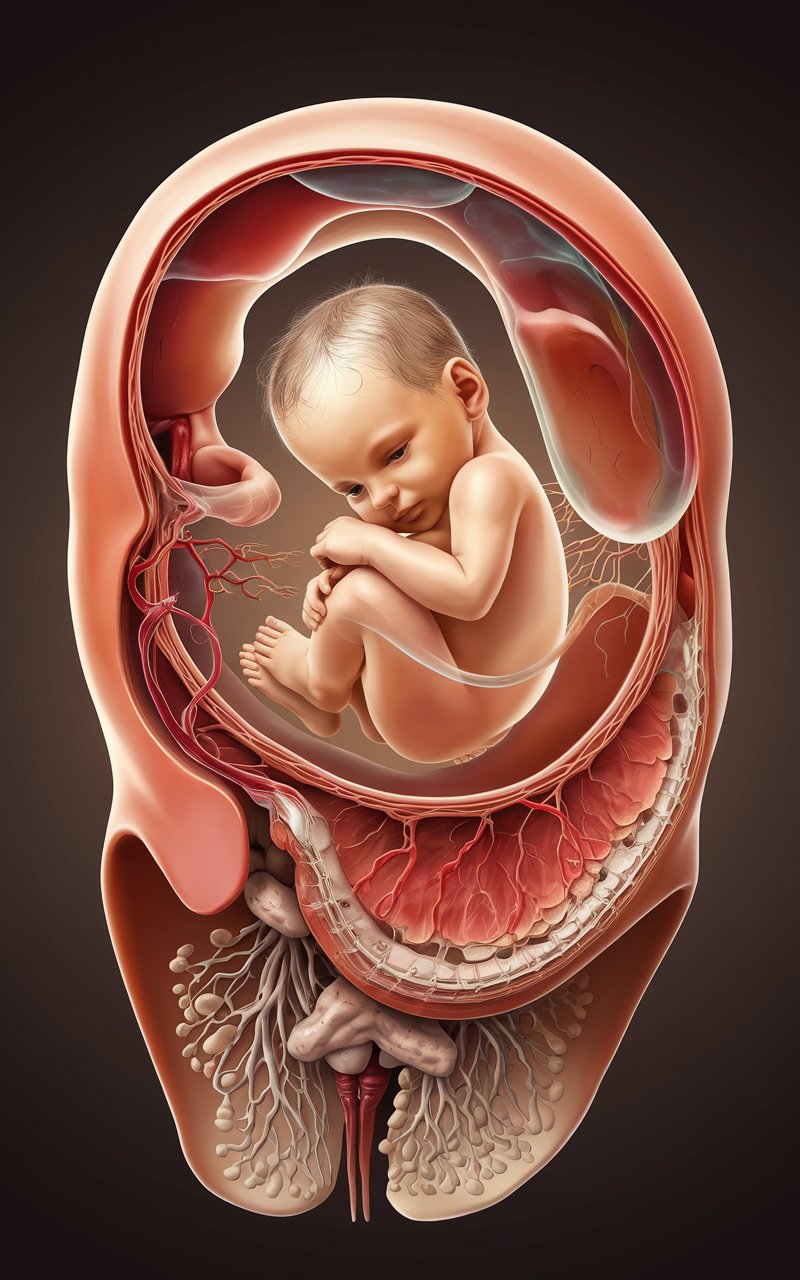Digital Artwork and Human Anatomy
Anatomical imagery created through digital art represents a fusion of artistic skill and scientific precision, offering an unprecedented level of detail and realism. These images play a crucial role in both the medical field and the broader art world, blending creativity with accuracy to advance our understanding of the human body and its inner workings. The development of high-quality anatomical illustrations in digital media has redefined how we visualize and study anatomy, opening new doors in medical education, research, and the intersection of art and science.Digital Anatomical Art in MedicineIn modern medicine, digital anatomical illustrations are an essential tool for medical professionals. These images go far beyond traditional hand-drawn illustrations, using advanced software to create hyper-realistic, three-dimensional renderings of human anatomy. Software like ZBrush, Adobe Illustrator, and specialized medical programs such as Anatomage allow artists to model every detail of muscles, bones, organs, and even microscopic structures with precision.The ability to rotate, zoom in, and manipulate these 3D models enables a more comprehensive understanding of complex anatomical relationships. Medical students and professionals benefit from these visualizations, which are often used in textbooks, educational apps, surgical planning, and virtual dissection. Digital anatomical art is used in conjunction with imaging technologies like MRI and CT scans, allowing for more detailed, customizable representations of the human body.For instance, in surgical simulations, digital models enable surgeons to practice procedures in a virtual environment, reducing risks and improving outcomes. Detailed anatomical renderings help to plan surgeries with a greater degree of accuracy, mapping out the precise locations of incisions and the navigation of complex internal structures. This application of digital art represents a direct intersection of creativity and medical science, where artistic talent enhances real-world health outcomes.The Role of Anatomy in Digital Art and Its Aesthetic DimensionsThe use of anatomical knowledge in digital art extends far beyond medical applications. Many contemporary digital artists explore the human body through detailed anatomical studies, creating artwork that is not only scientifically accurate but also aesthetically compelling. This has created a rich dialogue between art and science, where understanding the body becomes a form of visual storytelling.Digital artists use their understanding of anatomy to produce lifelike characters in video games, films, and virtual reality. Understanding muscle structure, skeletal form, and skin textures allows these creators to generate human (and even non-human) figures with incredible realism. Digital anatomy is critical in rendering hyper-realistic movements and emotions in animated characters, such as those seen in CGI-based films or complex character designs in video games like The Last of Us or Assassin’s Creed. The attention to anatomical detail gives life to these creations, blending science with artistic interpretation.In the realm of fine art, digital anatomical works often explore themes of human vulnerability, mortality, and transformation. By revealing the inner workings of the body, digital artists can provoke deep reflections on life, health, and the fragility of the human form. These images can range from realistic depictions of anatomical structures to surreal interpretations where the body becomes a canvas for abstract ideas.For example, artists like Danny Quirk create hyper-realistic paintings of human anatomy using digital tools, highlighting veins, muscles, and bones as if the skin has been peeled back, evoking both wonder and discomfort. The tension between the beauty of the human body and its raw biological reality forms a compelling artistic narrative, one that would be impossible without a deep understanding of anatomy and the precision offered by digital tools.Scientific Visualization and Cross-Disciplinary ApplicationsDigital anatomical imagery also plays a critical role in scientific visualization beyond medicine. In fields such as anthropology, paleontology, and biology, digital anatomical renderings are used to reconstruct the bodies of ancient human ancestors, dinosaurs, and other extinct creatures. These images help scientists communicate their findings to the public and other researchers in ways that are both informative and engaging.Through the application of digital sculpting and rendering techniques, researchers can create lifelike models of ancient species, allowing us to visualize how Neanderthals may have moved or how a dinosaur’s muscles were attached to its skeleton. These visualizations are often used in documentaries, museum exhibits, and educational materials, making science more accessible to a wider audience.In the context of art, these digital reconstructions of extinct creatures and prehistoric humans can inspire fantastical designs in speculative fiction, pushing the boundaries of imagination. The realism that anatomical knowledge brings to these creations grounds them in a believable world, even if they belong to the realms of science fiction or fantasy.The Symbiotic Relationship Between Science and ArtThe relationship between science and digital anatomical art is symbiotic. Science provides the foundation of knowledge, the intricate understanding of how the body works, while art provides the medium to explore and express that knowledge in creative ways. Digital artists, in their quest for precision and realism, often work closely with scientists and medical professionals to ensure their representations are accurate, whether they are creating educational models, video game characters, or fine art pieces.Conversely, artists’ interpretations can challenge and expand scientific perspectives, offering new ways of visualizing and thinking about the body. This cross-pollination enriches both fields, allowing for more dynamic and meaningful representations of the human body.In education, digital anatomical art not only aids in learning but also inspires curiosity and engagement with the material. Art-based approaches to anatomy, such as creating 3D digital sculptures of organs or systems, can enhance students’ understanding and retention of complex material. This has become especially important with the rise of virtual and augmented reality in education, where students can now explore the body in immersive, interactive environments.ConclusionDigital anatomical art is a powerful tool that bridges the gap between science and creativity. Its applications in medicine, education, and entertainment demonstrate its far-reaching impact on how we understand and represent the human body. The use of advanced digital tools allows artists and scientists to explore the human form in ways that were once unimaginable, bringing anatomy to life with unparalleled accuracy and aesthetic beauty. The ongoing collaboration between the fields of art and science will continue to push the boundaries of what is possible in anatomical visualization, enriching both disciplines and deepening our understanding of the human experience.








Post Comment